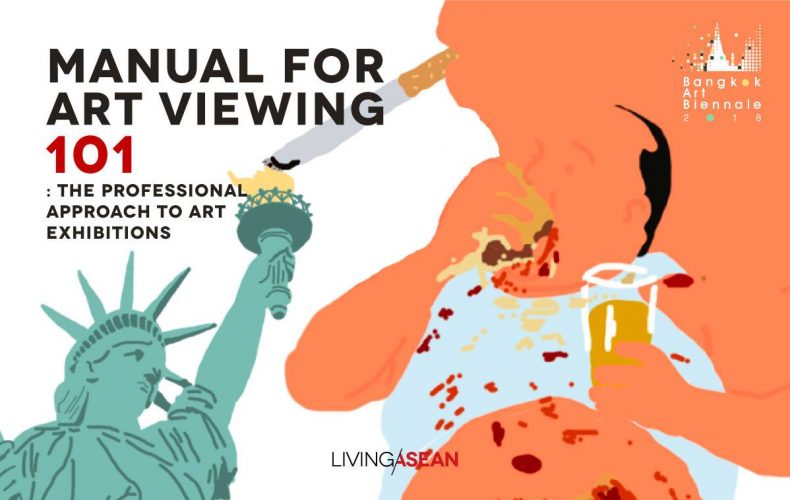In earlier times, an “art work,” for the most part, simply reflected the ways of life and daily routines of human beings at the time. Stone age cave paintings tell us of the progression of early civilization from tribal animal hunts to creation of tools & utensils by shaping and carving done with the human knowledge and experimentation of that time.
Nowadays, though, art has become a reflection of the progress of the human mind and of creativity itself, distilled and filtered through experience, imagination, and the fashions of the time, to express personal insight and inspiration through visual arts, sculpture, painting, and even architecture. In bringing art works together for exhibition, care must be taken that each work, full of historical value, is experienced according to specific requirements and protocols so that it will not be harmed or deteriorate before its time.

Because these art works are so precious, we are offering Living ASEAN readers some guidelines for their proper viewing and study.
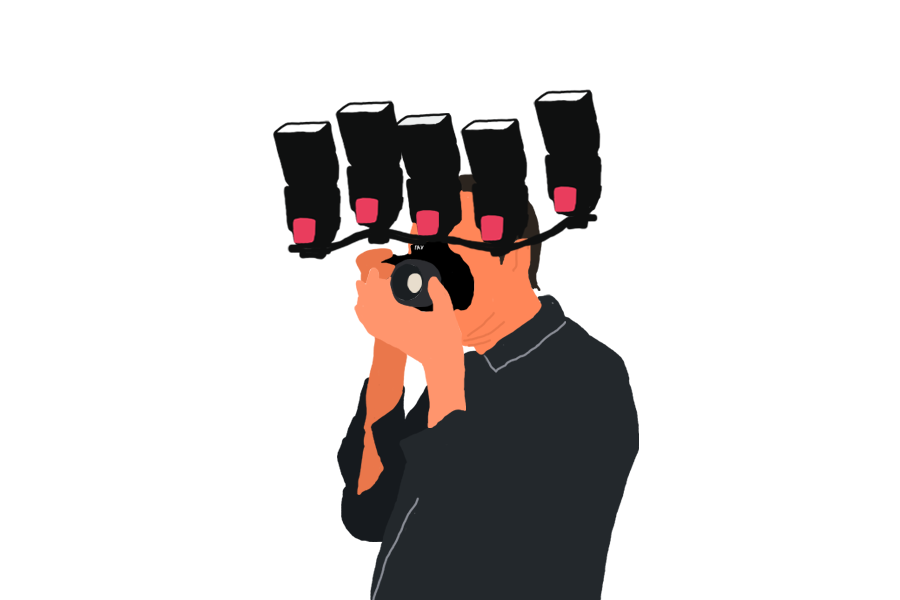
Refrain from taking pictures
Museums and art exhibition centers generally make it a priority to ask visitors not to take pictures. This is because some paintings and sculptures may have reactions to flash photography that cause premature deterioration of the pieces being photographed. Both cinnabar and yellow from lead chromate darken over long-term exposure to light. Realgar yellows may become fine powder incapable of restoration to their original condition. This is why many museums enforce standards for direction and intensity of light, and why museums are often darker than one might expect.
The use of photographic accessories such as tripods and selfie sticks can block people from easily walking around as well as diminish the aesthetics of other visitors’ viewing experience.
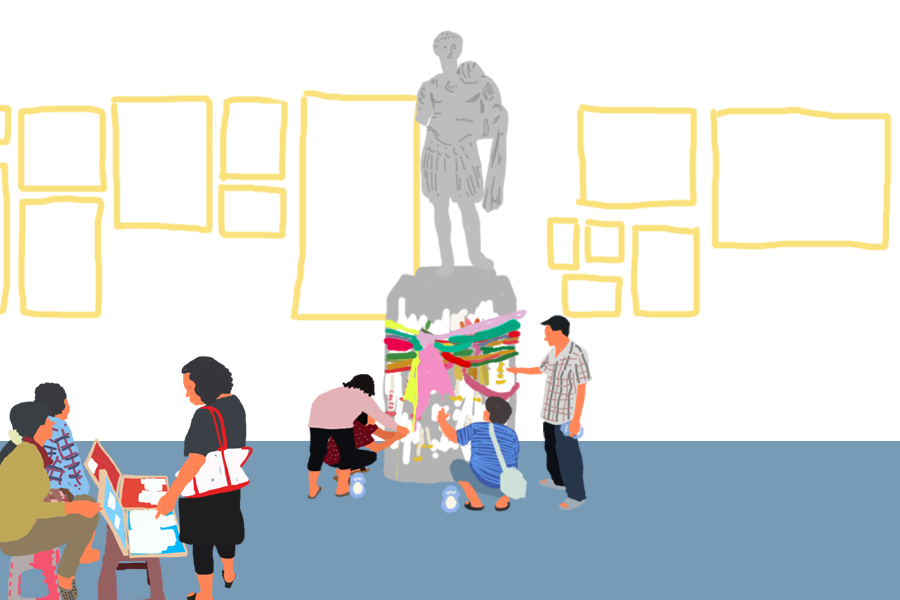 Refrain from touching materials on display
Refrain from touching materials on display
It is also important to avoid physical contact with exhibits. Many art works are labeled “Don’t touch,” or are protected by barriers, since some art works may react to human body temperature much as they do to light. Certain paintings may change color or retain fingerprints if touched, and direct touch can cause abrasion, scratching, or punctures from fingernails or palms, causing breaks, tears, disfigurement, or premature degrading. On the other side of things, though, some artists use art as a more direct means of communication, and give visitors the opportunity to interact freely with their works, so some art pieces actually may be touched! Just watch for a “Please touch” sign at the exhibit area.
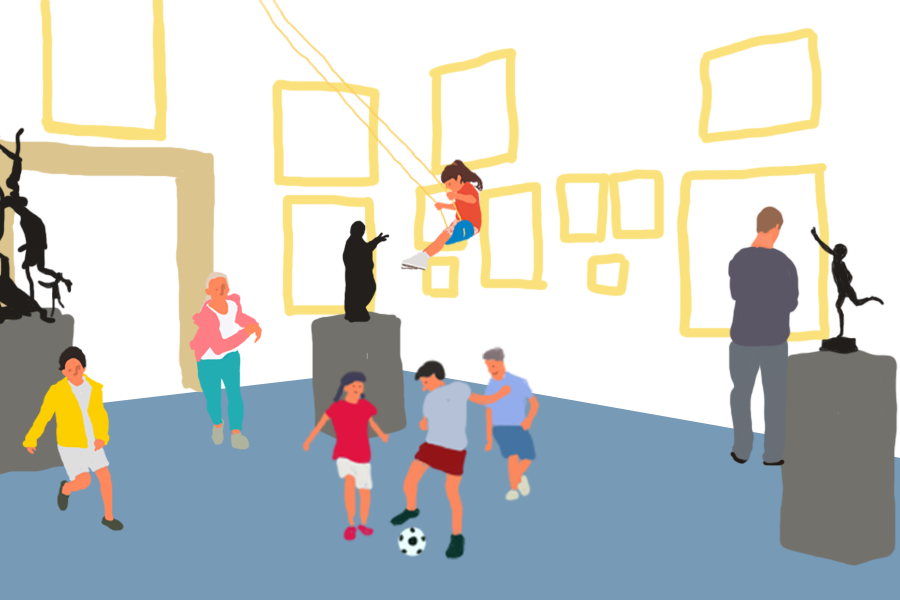 Refrain from loud noises or running and playing within the building
Refrain from loud noises or running and playing within the building
Basic art show etiquette calls for limiting vocal communication. Museums and art exhibitions are common areas with large numbers of visitors, and loud noises or conversation can disturb others. Running or careless walking, as well, may cause collisions both with people and with exhibits. Many museums insist that children under 18 be under the close supervision of their parents or guardians at all times.
 Refrain from bringing bags/gear into art exhibition areas
Refrain from bringing bags/gear into art exhibition areas
Many museums or art exhibitions forbid carrying personal bags into exhibition areas; this may include backpacks, suitcases, or large shopping bags, as they may annoy or block the path of other visitors, or cause damage to works on display. A suitcase on rollers can collide with a display, or a backpack strap can catch on one.
 Refrain from smoking or eating at in exhibition areas
Refrain from smoking or eating at in exhibition areas
Smoking, eating, or drinking near exhibited art seriously risks damaging it, which is why many museums do not allow bringing food or liquids in, or even in outdoor exhibit areas. And simple good manners would obviously mandate not smoking in an exhibition area.
 Keep an appropriate distance
Keep an appropriate distance
Many art works need to be viewed in specific ways. Some large paintings need to be viewed from a certain distance to properly experience them. Besides giving consideration to not blocking the view of others, we need to be sure we get a full impression of the meaning the artist is communicating, which too much attention to a single point may make difficult.
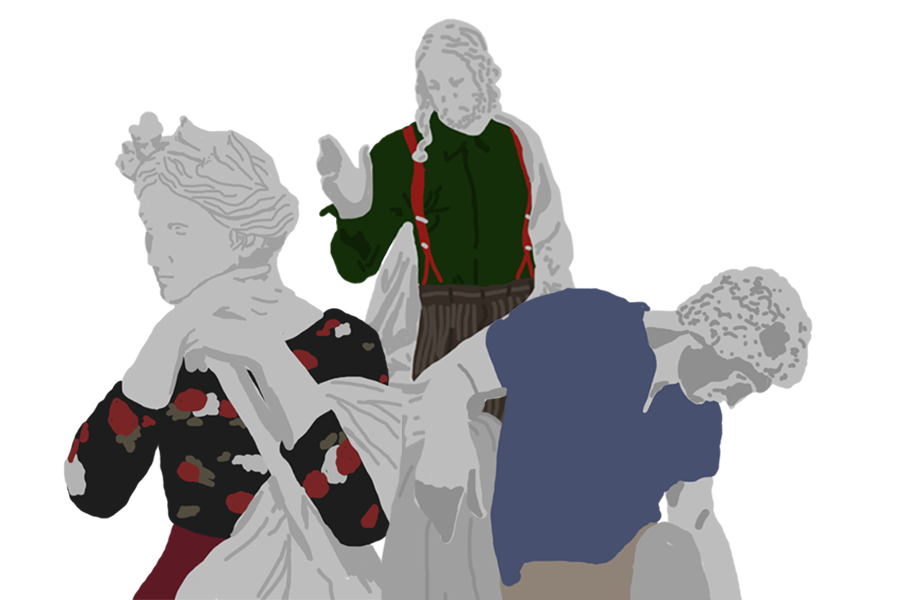 Dress respectfully
Dress respectfully
Some museums have dress codes. If planning a visit to an art exhibition or museum, be sure to dress up to international standards: fully dressed, no open-toed shoes): this shows respect and is acceptable almost anywhere. This may depend on local traditions: for instance, museums in some countries require women to wear head coverings. In any case we should educate ourselves about such things before embarking on international travel to visit art exhibitions.
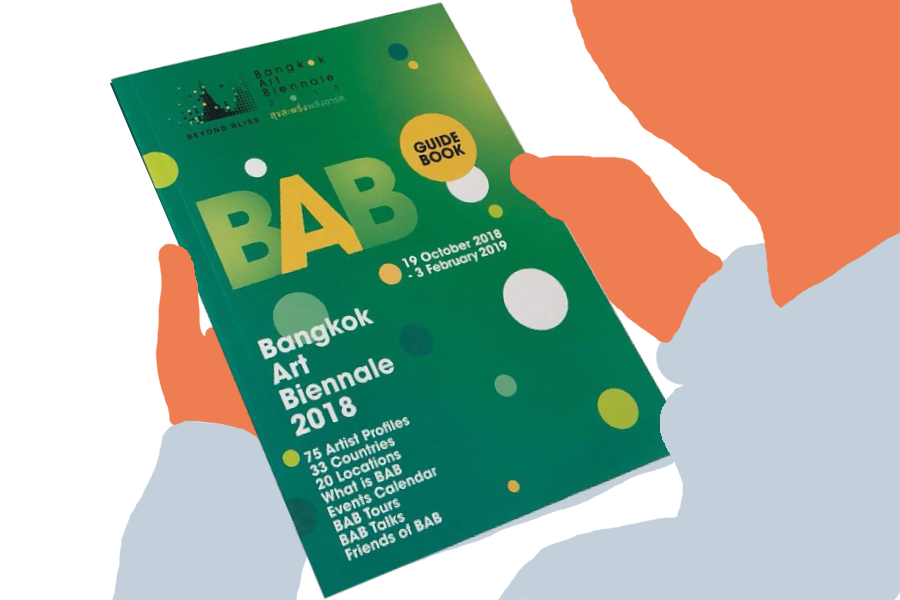 Always study the manual before attending an exhibition
Always study the manual before attending an exhibition
Finally, before visiting an exhibition always read signs, announcements, or guides provided by the curator or institution: this will help you have a worry-free experience. Each location involves different customs and viewing rules, and studying and understanding these details aids us in developing a truly professional approach to the enjoyment of art.
The contemporary international art festival Bangkok Art Biennale 2018 had its formal opening last October 19th. This fair has reinvented our own Bangkok as a major art venue on a level with Venice, Berlin, Paris, and Singapore. Here, now, more than 75 famous domestic and foreign artists have showings at various important locations for us to enjoy what has been called “resplendent, energetic art,” as Bangkok itself becomes a prominent landmark in the contemporary art world. From now until February 3rd, 2019.

Thanks for information provided by:
– Bangkok Art and Culture Centre
– Museum Siam
– National Palace Museum

